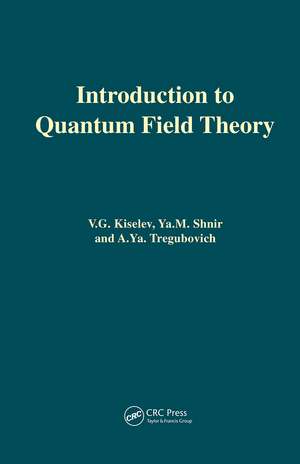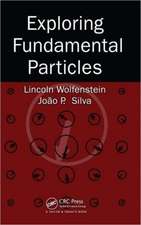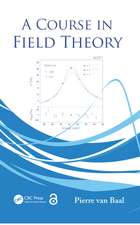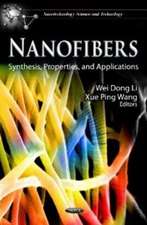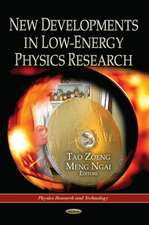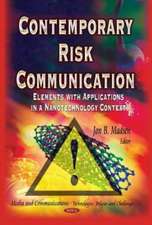Introduction to Quantum Field Theory
Autor V.lG. Kiselev, Ya.M. Shnir, A.Ya. Tregubovichen Limba Engleză Hardback – 17 noi 2000
Preț: 1338.37 lei
Preț vechi: 1632.16 lei
-18% Nou
Puncte Express: 2008
Preț estimativ în valută:
256.18€ • 278.36$ • 215.33£
256.18€ • 278.36$ • 215.33£
Carte tipărită la comandă
Livrare economică 21 aprilie-05 mai
Preluare comenzi: 021 569.72.76
Specificații
ISBN-13: 9789056992378
ISBN-10: 9056992376
Pagini: 456
Dimensiuni: 156 x 234 x 31 mm
Greutate: 0.78 kg
Ediția:1
Editura: CRC Press
Colecția CRC Press
ISBN-10: 9056992376
Pagini: 456
Dimensiuni: 156 x 234 x 31 mm
Greutate: 0.78 kg
Ediția:1
Editura: CRC Press
Colecția CRC Press
Public țintă
ProfessionalCuprins
PART ONE: The Path Integral in Quantum Mechanics: Action in Classical Mechanics. The Path Integral in Quantum Mechanics. The Euclidean Path Integral. PART TWO: Introduction to Quantum Field Theory. Classical and Quantum Fields. Vacuum Energy in n4 Theory. Renormalization of the Effective Action. Renormalization Group. Concluding Remarks. PART THREE: More Complex Fields and Objects: From Particles to Fields: Path Integral Fermions. Gauge Fields. Topological Objects. Some Integrals and Products. Splitting of Levels in Double-Well Potential. Lie Algebra
Notă biografică
V.lG. Kiselev, Ya.M. Shnir, A.Ya. Tregubovich
Descriere
This text explains the features of quantum and statistical field systems that result from their field-theoretic nature and are common to different physical contexts. It supplies the practical tools for carrying out calculations and discusses the meaning of the results. The central concept is that of effective action (or free energy), and the main technical tool is the path integral, although other formalisms are also mentioned. The authors emphasize the simplest models first, then progress to discussions of real systems before addressing more general and rigorous conclusions. The book is structured around carefully selected problems, which are solved in detail.
